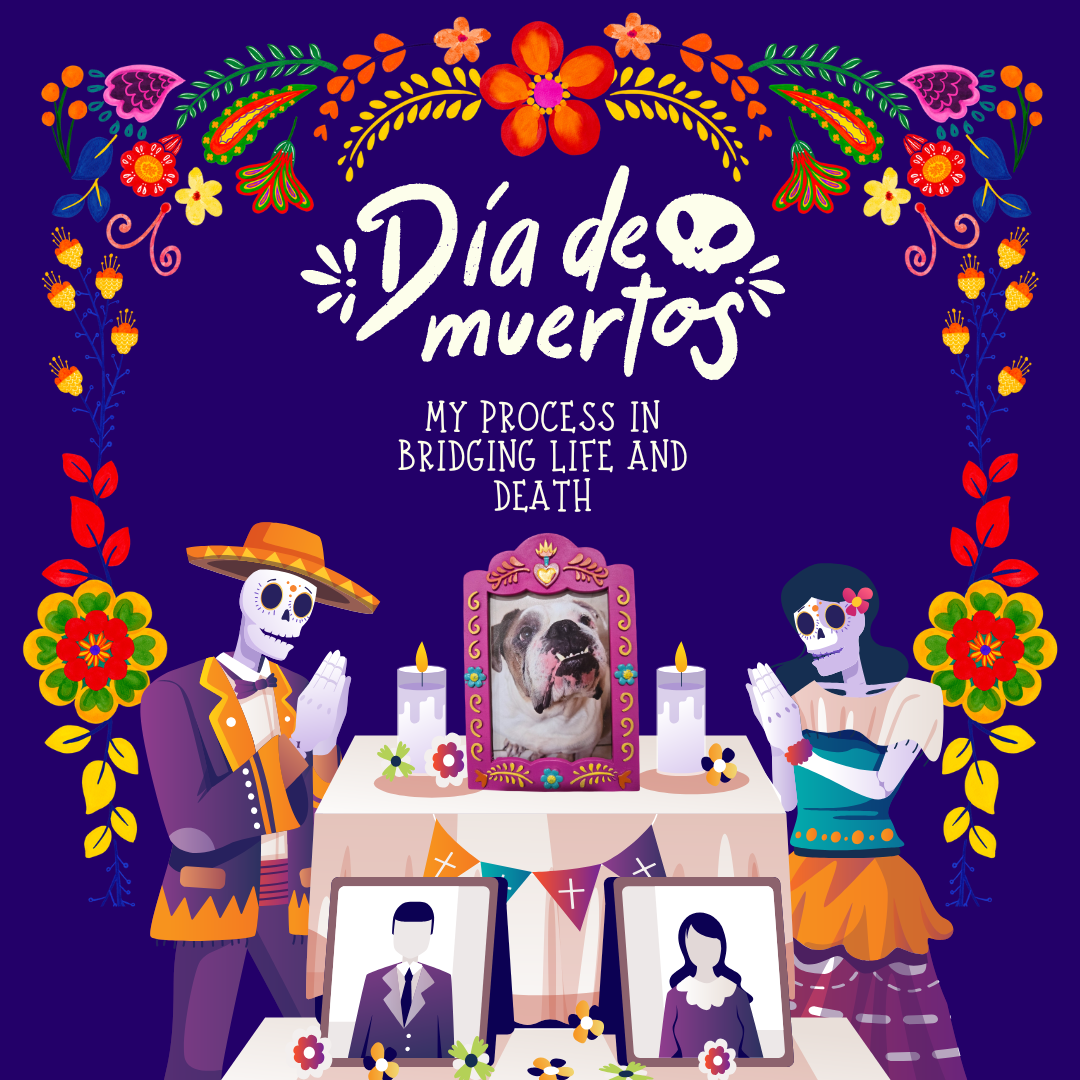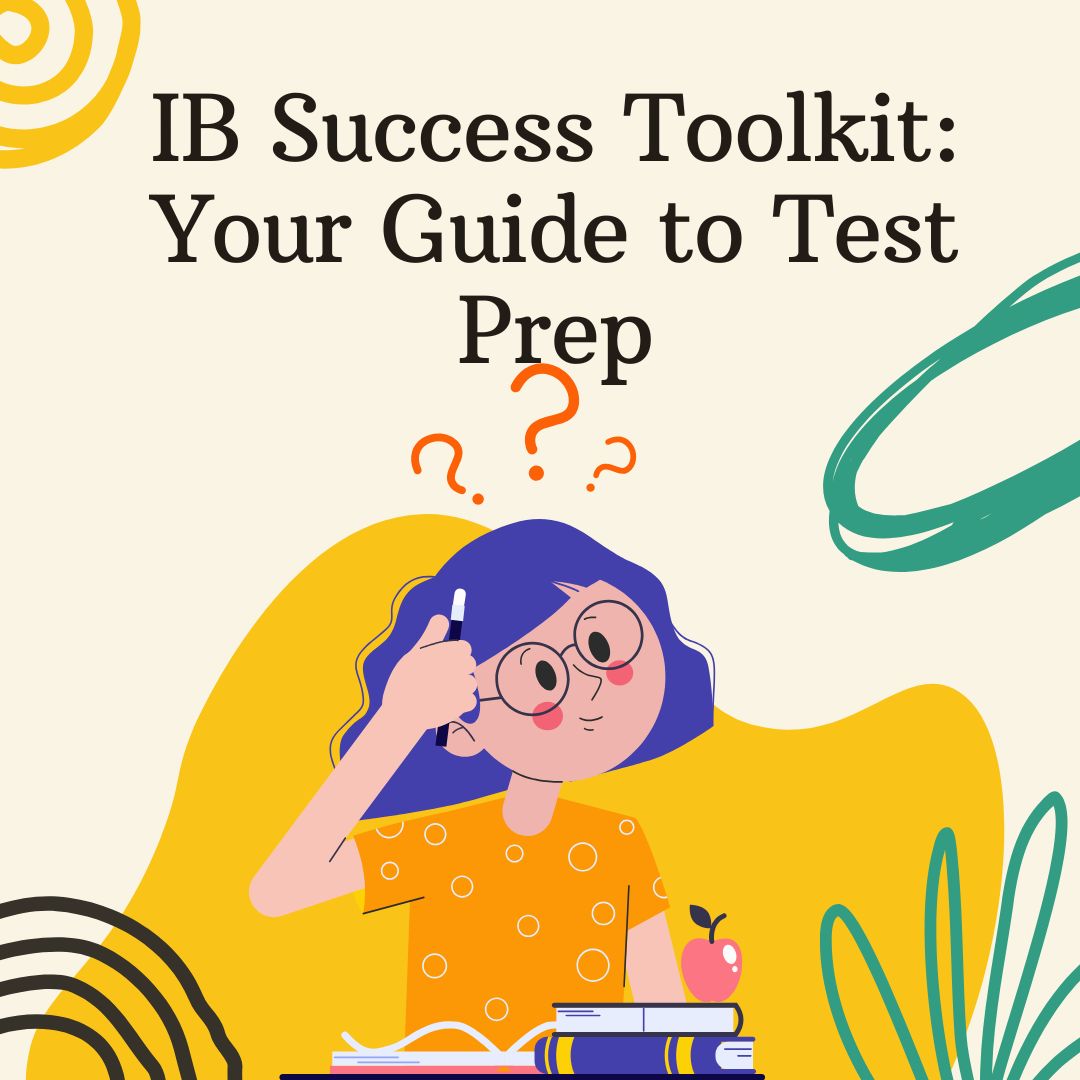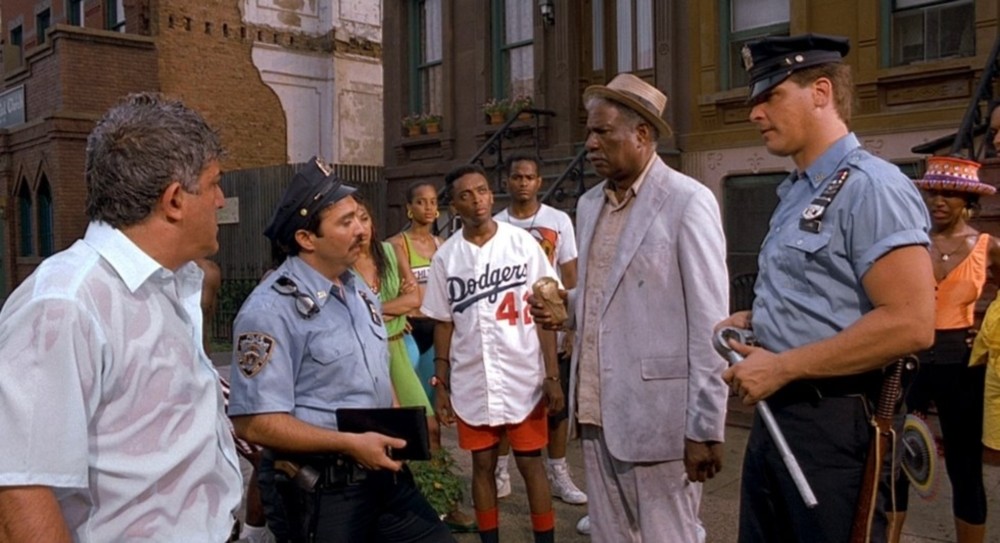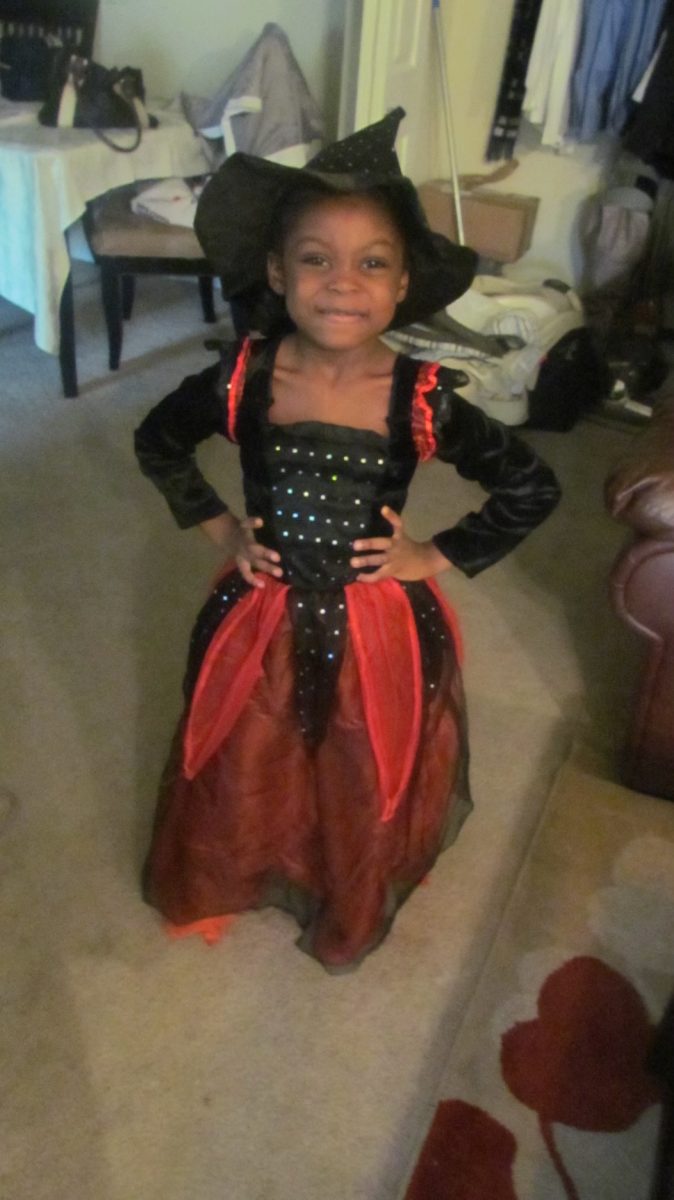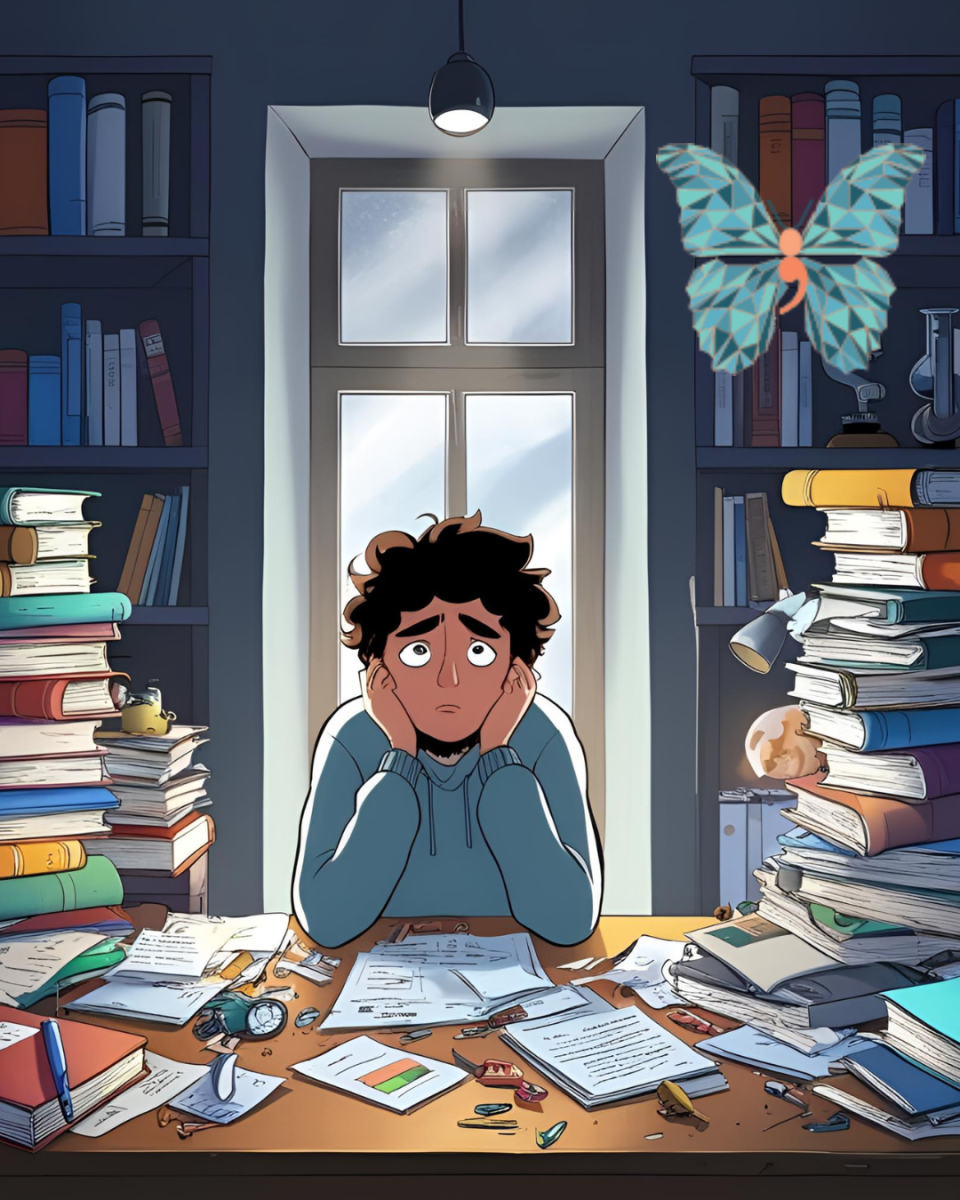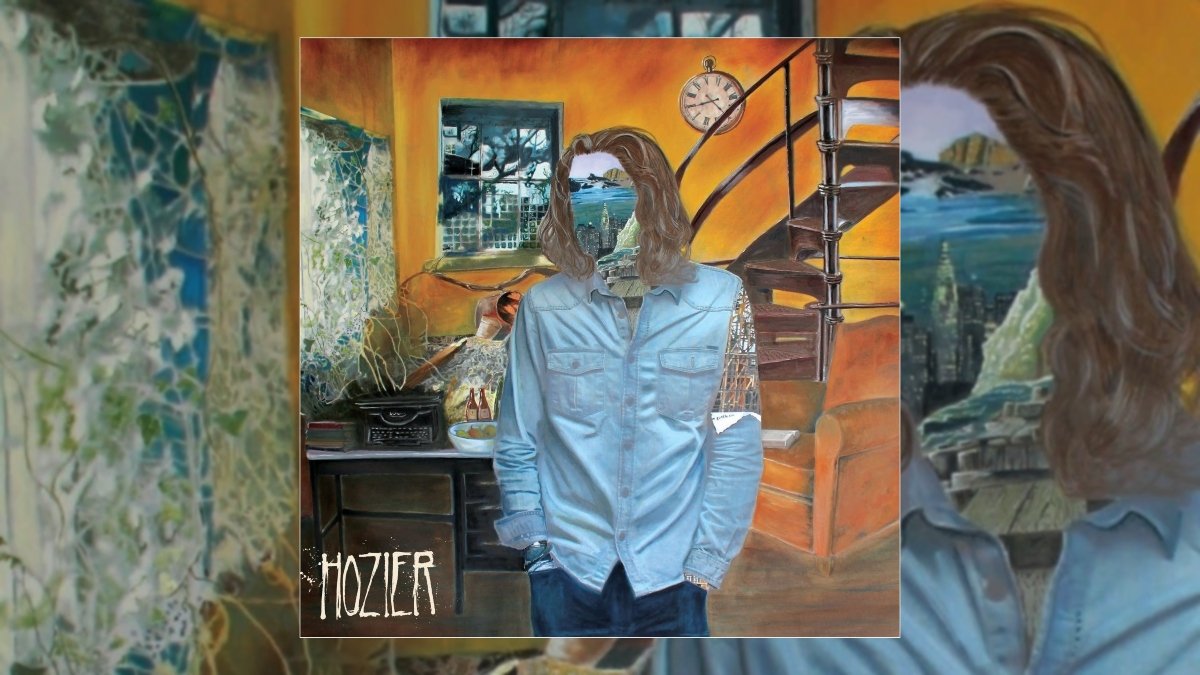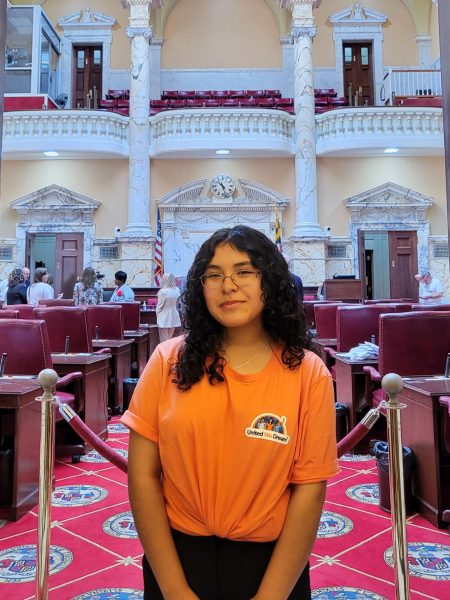Loss, no matter how often it’s experienced, always takes time to process. In setting up my family’s ofrenda (altar) this year, I have finally been able to process seven years of bottled grief.
Death is something I have been familiar with since I was nine. First, it was my aunt, my tía Sara, whose death I never really understood. It took me two to three years to grasp the idea that she was no longer here, but, that was the extent of it. I only knew she was “not here.” Then, my grandfather, my papito Julian, passed away; it’d been four years since I had gone to visit him. This was my first time experiencing guilt in loss. The thought of having no closure ate me alive, but I thought there was nothing I could do about it.
On December 17, 2023, my childhood dog Annie passed away from cancer. Having spent eight years with her, her passing took a toll on me. I had experienced loss before, but this was the first time I truly understood what death meant. She wasn’t coming back. Right in the middle of wrapping up assignments for school before the winter break, I had little to no time to process her death and the break became a sob session. Everything would remind me of her—I couldn’t even cut tomatoes without remembering they were her favorite snack.
She was no longer here, just like my tía Sara and papito Julian, but I could still feel her presence. That’s when I realized, she may not be with me physically, but spiritually. She’s never leaving. Immediately, I started working on setting up my family’s ofrenda.
The topic of death has always been taboo in Western culture. Often, people avoid conversation surrounding it, but I found that being vocal about it allowed me to better navigate death. Día de Muertos allows me and so many families to process that loss, celebrate it, and find comfort in honoring death.
When first deciding to set up an ofrenda, I went through an emotional rollercoaster researching what to include. If I was honoring her and those who came before me, I wanted to do it right. Simply deciding what pictures of her I wanted to be printed and placed on the ofrenda was a challenge.
Often, I would find myself crying in the aisles of a store when shopping for materials. It took me months to get used to speaking of her in past tense, and now I’m celebrating something I wished never happened. A wave of shame and anger crashed onto me throughout the building of her ofrenda. I never wanted her to die. I never asked for any of this to happen. So, why am I celebrating her death as if it’s something I’m proud of?
It wasn’t until last week that I felt comfortable celebrating death. My dad brought back wood from his workplace, and we worked together on making the base of the ofrenda. This was the first sense of unity I felt from my family. I had their support in this process, and that gave me strength.
Coming face-to-face with complex emotions isn’t easy, but Día de Muertos taught me that it’s important to take care of yourself when grieving by letting yourself feel the depth of those emotions. This year, I’m celebrating the time I got to spend with my loved ones and the change they brought to my life.



